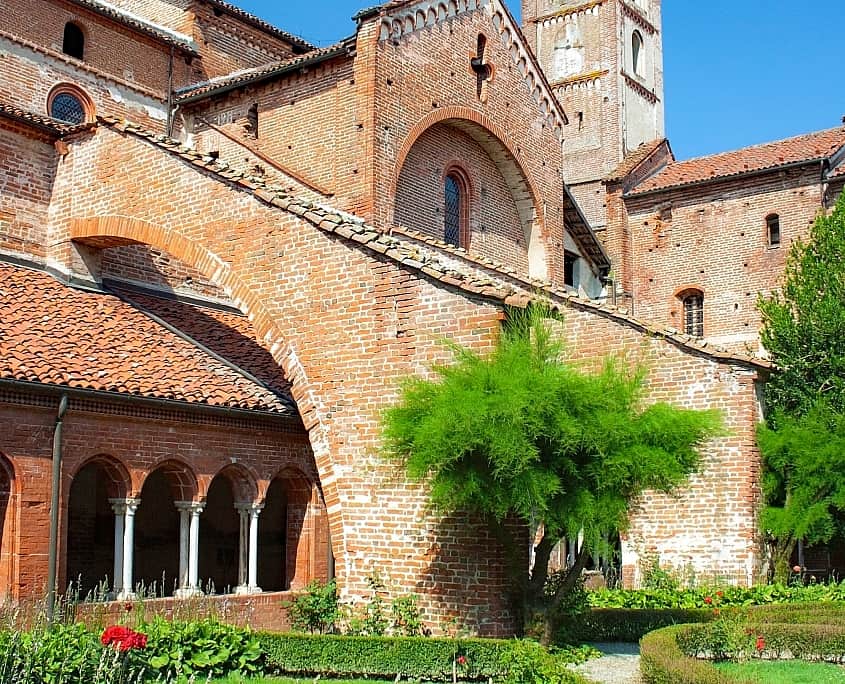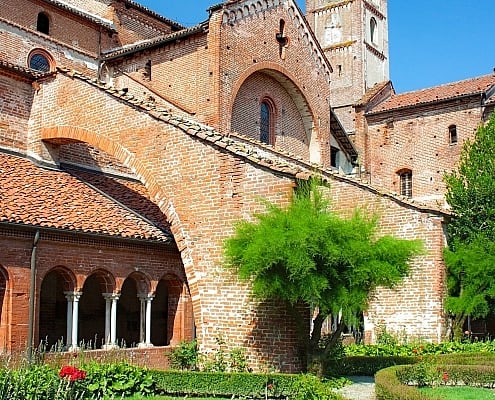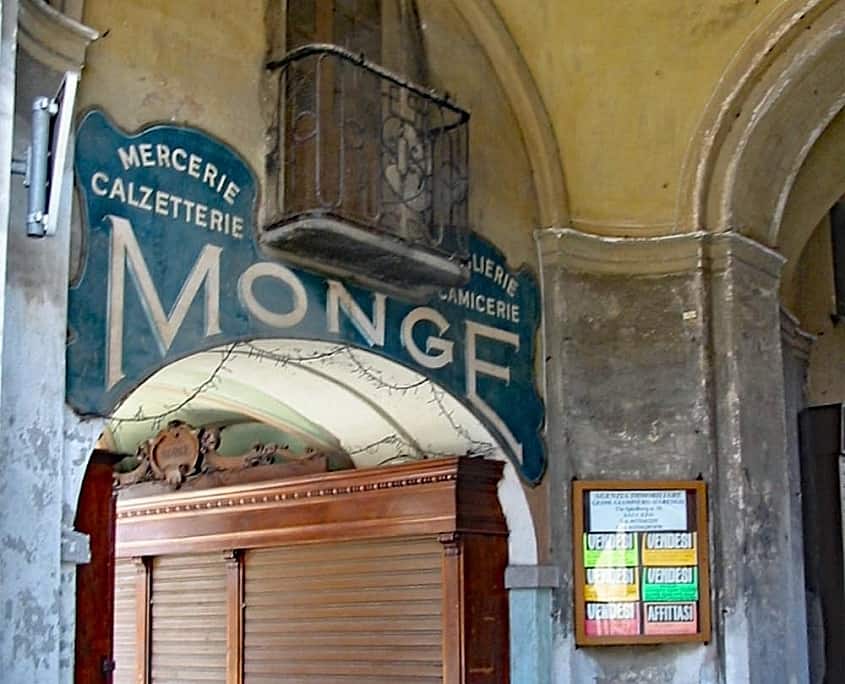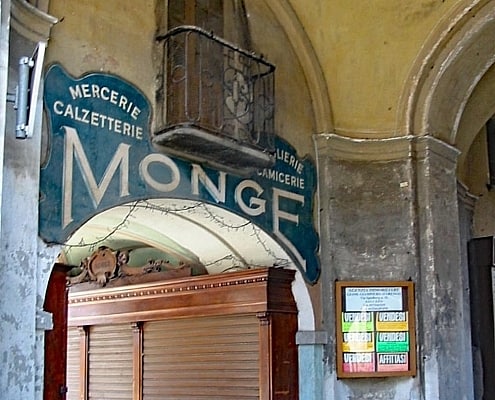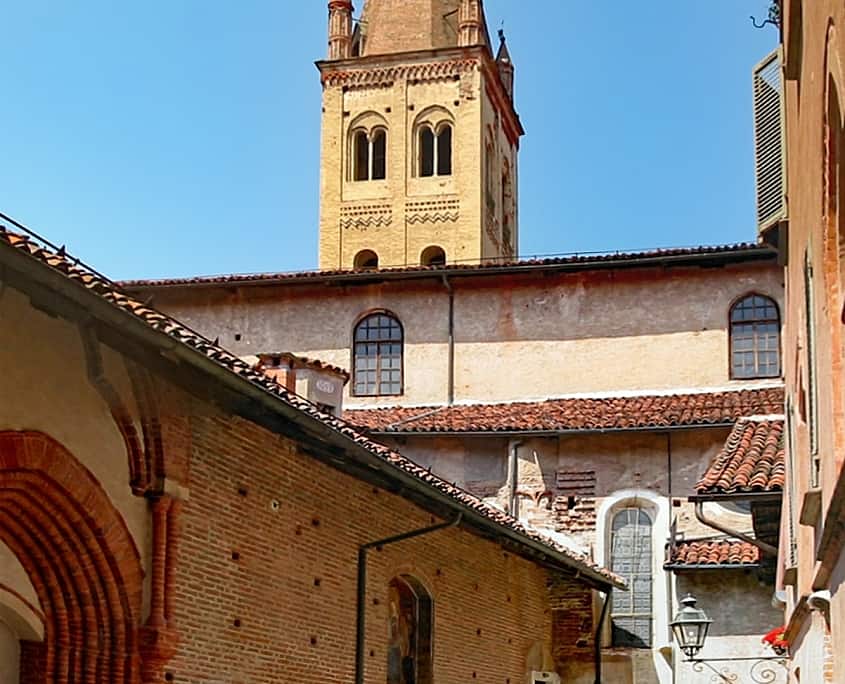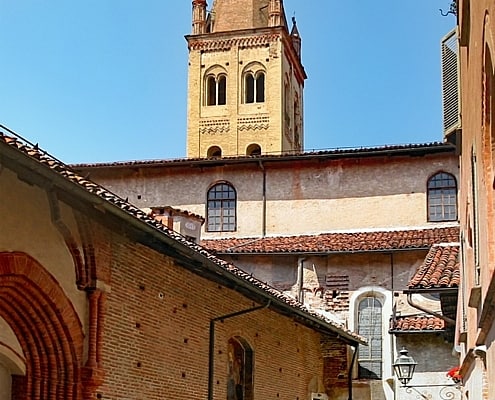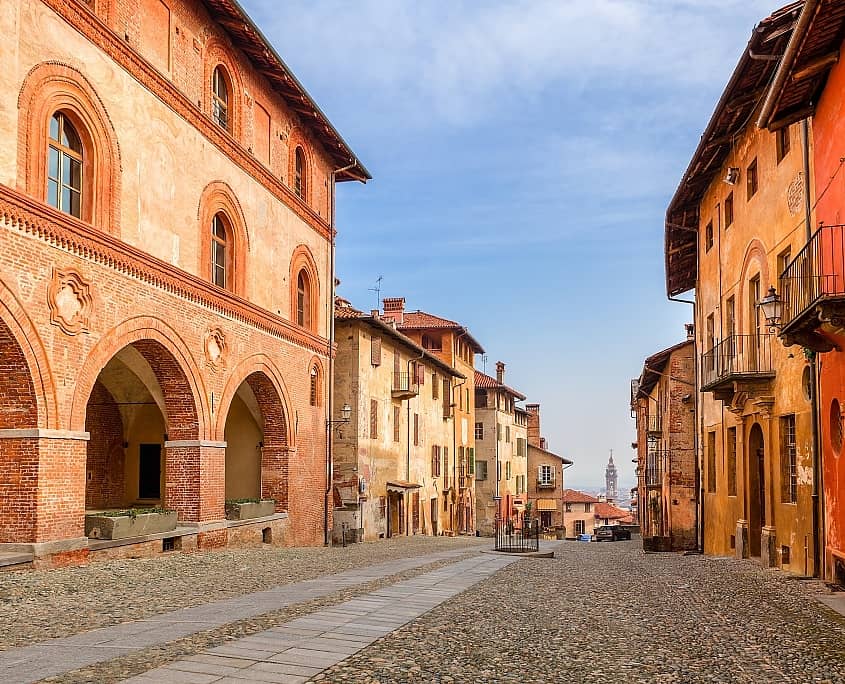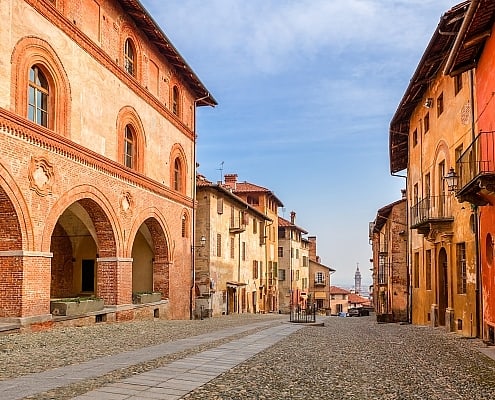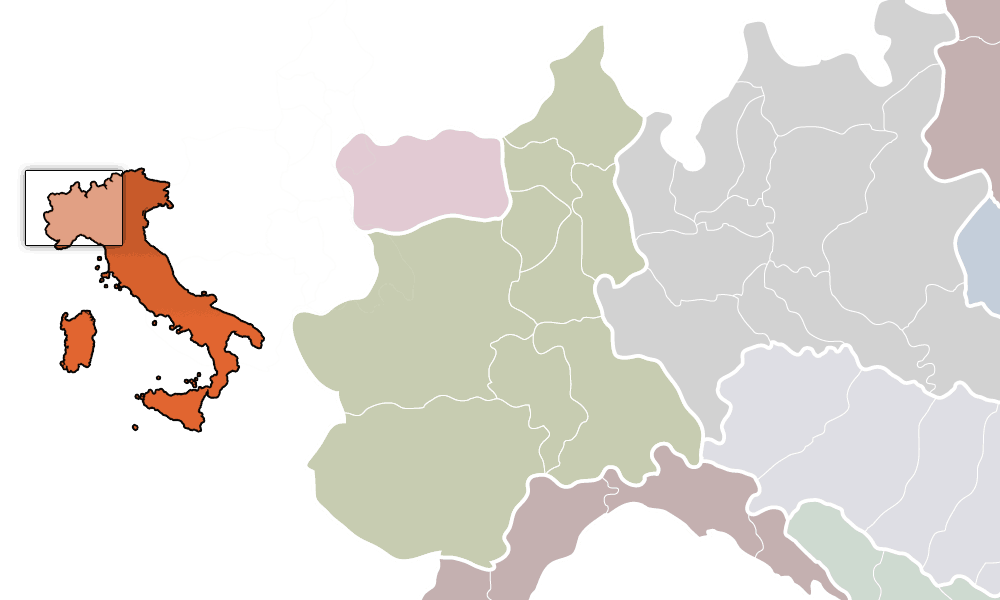The ancient capital of the county of Saluzzo is now one of the most charming towns in Piedmont. The urban structure is still preserved in the historic center. Harmoniously inserted buildings highlight the palaces and monuments from the Middle Ages. The oldest part of the city nestles up on the hill.
Saluzzo is a very nice place for a stop over, a strall through the old town and a coffee.
What To See In Saluzzo?
Attractions in Saluzzo
Saluzzo is divided into an older lower town and the upper town on the western slope. The two parts of the city were connected by the two gates, Porta della Vacca from 1379 and Porta Santa Maria, which was renovated in 1791.
The medieval structure has been well preserved in the upper town. The city wall dates from the Middle Ages from 1280. Inside the city walls, you can walk up to the ancient part of town along the ascent “Salita al Castello” to the castle. In the Middle Ages exhibitions and markets took place in Piazza Castello, later ball games and festivals. The beautiful square is surrounded by elegant houses adorned with terracotta and fresco paintings.
The Counts’ House, the old city administration, which was built under Ludovico I in 1462, and the Palace of Liberal Arts deserve special attention.
The Torre Civica city tower was built in 1462. The 48 m high tower can be climbed. Opening times of the Torre Civica Via San Giovanni: Wednesday-Sunday: 9 a.m. to 12.15 p.m. and 3 p.m. to 5.30 p.m.
History of Saluzzo
The first historically reliable references to Saluzzo date from the first years of the eleventh century: together with other places in the county of Saluzzo of Auriate, the city of Saluzzo is mentioned in a testimony by Olderico Manfredi, Marquis of Turin. From the second half of the twelfth century to 1495, the history of the city of Saluzzo was linked to the eponymous county of the powerful Ardunian family.
Its natural location at the foot of the Alpine valleys and the disagreement of its rivals allowed the small state to become strong, to defend itself and to survive the never-ending disputes between large and rich communities such as Asti and rulers like the Angioini. Around 1350, under the pressure of the growing threat from the Sabauda, the marquise had to lean more and more on the Duphin and then even on the French crown. In doing so, they received, of course, not selfless protection and increasingly came under French control. Under Ludovico I (1416-75) and Ludovico II (1475-1504) the county of Saluzzo reached its peak in economic expansion, wealth, social and political security, art and culture.
The subsequent demise began with Saluzzo’s close connection with the Valois monarchy after the unfortunate Sabauda war in 1487. The county of Saluzzo was in the last years of government by Ludovico II and among his sons and successors in the struggle between France and Spain. It was about the inheritance of the “Visconti” and “Angioini” and ended with the cruel struggle between Karl V and Franz I for supremacy in Europe.
In 1549, in a destroyed and deserted Piedmont, deserted by looting, the county of Saluzzo was annexed to the French Empire beyond the Alps. Foreign rule ended forty years later in 1589, and with the Treaty of Lyon in 1601 the country was annexed to the Duchy of Savoy, whose lot it shared from now on, for good and for bad. Even if negative aspects were not missing, such as the progressive disempowerment and the abolition of the local parliament “Congregazione dei Comuni”, such as religious persecution and minor wars, beneficial effects were noticeable through a continuous, orderly, calm government.
Saluzzo became the capital of the province – except for a few years around the turn of the 1800s during the French occupation – and remained so until 1875, when its territory was annexed to the province of Cuneo. Until 1927 Saluzzo remained the seat of the sub-prefecture. After that it became a simple Piedmontese city like many others.
The position that Saluzzo took in Piedmontese history and the important role it still plays for a wide and diverse hinterland are still visibly recognized and honored today by the significant presence of our coat of arms, alongside those of Cuneo, Alba and Mondovi ‘, in the coat of arms of the provincial administration of Cuneo.
Manta Castle of the County of Saluzzo
Like all the castles of the Margraviate of Saluzzo, this building is also on the line of defense that runs from Busca to Revello, which was in line with the policy of Margrave Aleramo, which had been influenced by French since Tommaso II.
Abbey of Santa Maria di Staffarda
The abbey of Santa Maria di Staffarda, founded on July 25, 1135 by Manfredo I. del Vasto (first Margrave of Saluzzo), is located between Romanesque and Gothic architectural styles, nine kilometers from Saluzzo, towards Pinerolo, in the middle of the plain and yet belongs to the valley of the whose first monk was Pietro, a student of St. Bernard.
Go to visit the beautiful Nature
The county of Saluzzo is located at the foot of the Monviso with its 4000 m high mountain range.




